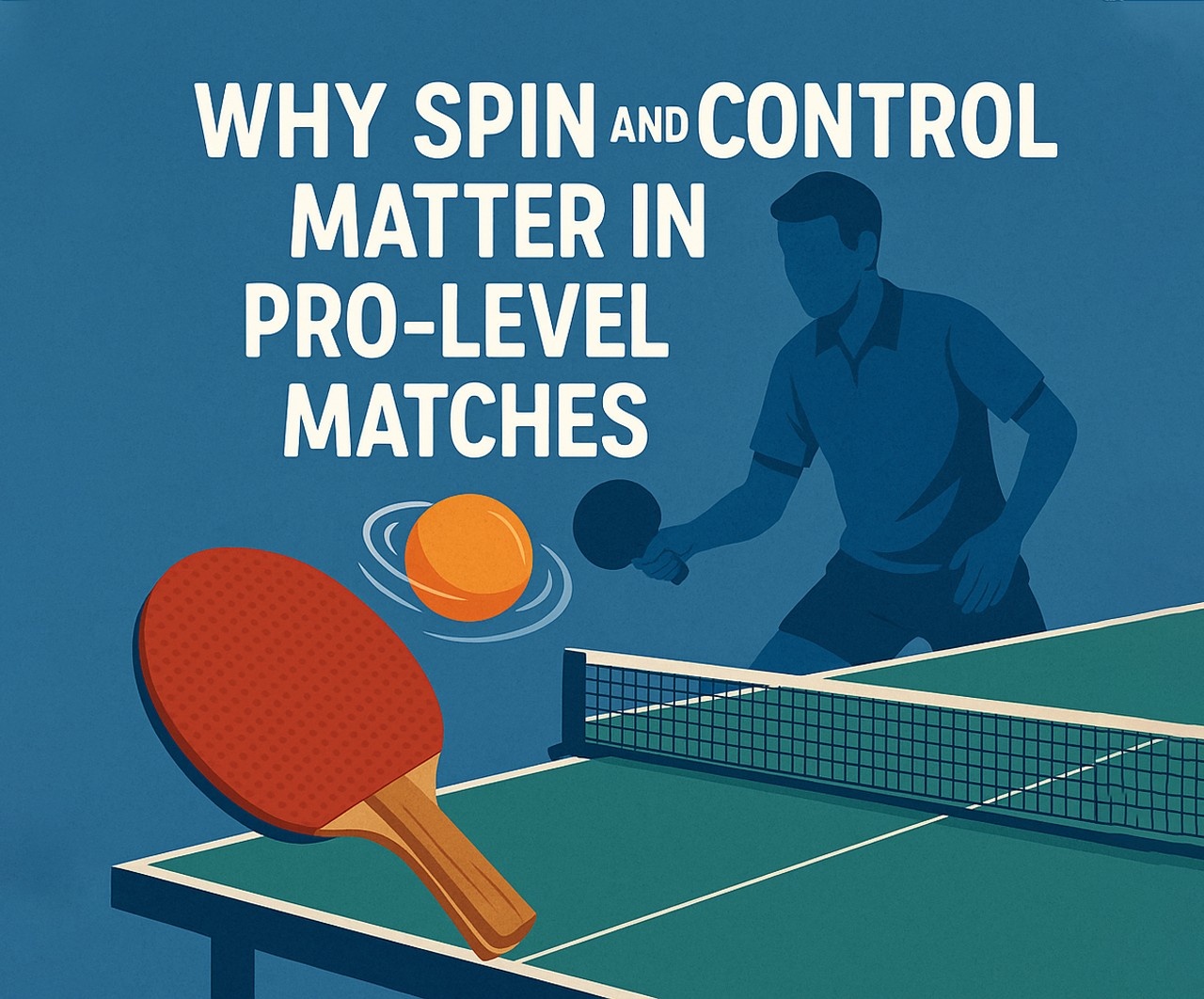In the fast-growing world of professional pickleball, players are constantly looking for ways to gain a competitive edge. The right equipment plays a crucial role, and products like pickleball gearbox, gear pickleball paddles, and paddle up pickleball strategies are essential for top-tier performance. Among all the technical skills required to master the game, spin and control stand out as the most vital. These two elements can determine the outcome of high-stakes matches, allowing players to dictate the pace, outmaneuver opponents, and deliver precise shots that are nearly impossible to return. Know more..
The Role of Spin in Professional Pickleball
Spin is a powerful tool in pro-level matches, influencing the ball’s trajectory, bounce, and unpredictability. Top players use spin to control their serves, dinks, and volleys, making it challenging for opponents to respond effectively. Here’s why spin matters:
1. Enhances Shot Versatility
Top athletes use different types of spin—topspin, backspin (or slice), and sidespin—to manipulate ball movement. A well-executed topspin shot causes the ball to dip quickly, forcing opponents into difficult positions. Backspin slows the ball, reducing bounce and making it harder to attack. Sidespin can create deceptive angles, making shots unpredictable.
2. Improves Offensive and Defensive Play
Professional players rely on spin for both attack and defense. Offensive spin helps in executing aggressive passing shots, while defensive spin is useful for controlled dinks and lobs that reset the rally. With a high-quality pickleball gearbox, players can generate more spin without sacrificing power, allowing them to maintain a balance between attack and defense.
3. Disrupts Opponent Timing
One of the biggest advantages of spin is its ability to disrupt an opponent’s rhythm. A well-placed spin shot forces an opponent to adjust their paddle angle and positioning constantly. The inconsistency in ball bounce and movement makes it difficult for competitors to execute clean returns.
4. Affects the Serve and Return Game
In professional pickleball, the serve and return are critical to gaining an advantage. A well-placed spin serve can force an opponent to return weakly, setting up an easy put-away shot. Similarly, a return loaded with backspin or sidespin can keep the opponent off balance and unable to execute a strong third shot. Players who master spin can apply pressure right from the first hit.
Why Control Is a Game-Changer
While power can win points, control wins matches. Mastering control allows players to place their shots precisely where they want, forcing opponents into uncomfortable positions. Here’s how control impacts professional play:
1. Precision and Accuracy
High-level pickleball is not just about hitting hard; it’s about hitting smart. Players with superior control can consistently place the ball near the lines, minimizing their opponent’s reaction time. Using gear pickleball paddles designed for optimal feel and touch improves precision, helping players maintain accuracy even under pressure.
2. Superior Net Play
Control is critical for net play, where soft shots like dinks and drops require extreme finesse. Without control, players risk hitting the ball too high, making it easy for an opponent to smash. A paddle designed for enhanced feel ensures that players can execute delicate net shots with ease.
3. Consistency in Rally Exchanges
The ability to maintain long rally exchanges without unforced errors is crucial at the pro level. Players who control their shots well can prolong rallies, forcing errors from opponents who struggle to maintain the same level of precision. Paddle up pickleball strategies emphasize patience and control, allowing players to outlast aggressive attackers.
4. Strategic Placement for Winning Points
Great control allows players to place the ball in difficult spots, forcing opponents to stretch and make uncomfortable shots. Drop shots, well-angled dinks, and precise passing shots make it easier to win points without relying on sheer power. Mastering control ensures that a player can remain unpredictable, keeping their opponent guessing on every return.
The Best Equipment for Spin and Control
To maximize spin and control, pro players invest in high-performance paddles. Here are some key factors to consider when choosing the right gear:
1. Surface Texture
Paddles with a rougher surface provide more grip on the ball, increasing spin potential. Textured graphite or carbon fiber paddles, like those found in pickleball gearbox models, enhance spin capabilities while maintaining control.
2. Core Material
The paddle’s core influences control. Softer cores, such as polymer honeycomb cores, absorb impact better, allowing for improved shot placement and consistency. Players looking for maximum control should opt for paddles designed with a softer core while ensuring they still generate enough power.
3. Weight and Balance
A paddle’s weight affects spin and control. Lighter paddles offer quicker reactions at the net, while slightly heavier paddles provide stability and additional power. Finding the right balance is essential for pro-level performance, and many gear pickleball paddles offer customizable weight options.
4. Grip and Handle Length
The right grip size and handle length contribute to better control and spin potential. A comfortable grip prevents unnecessary wrist strain, allowing for more fluid wrist movements that enhance spin application. Longer handles give players better reach and leverage, which can improve the effectiveness of topspin and slices.
Strategies to Improve Spin and Control
Even with the best equipment, mastering spin and control requires practice and the right techniques. Here are some advanced strategies used by professional players:
1. Mastering Wrist Action
Generating spin comes down to effective wrist movement. A sharp, controlled flick of the wrist at the point of contact enhances spin generation. Players should practice wrist flexibility drills to improve their spin potential.
2. Soft Hands for Better Control
The key to control is a light grip on the paddle. A firm grip reduces touch and finesse, while a relaxed grip enhances precision. Practicing soft dinking and drop shots improves hand sensitivity and touch.
3. Adjusting Paddle Angle
Proper paddle positioning is essential for spin and control. A closed paddle face increases topspin, while an open face maximizes backspin. Professional players continuously adjust their paddle angle depending on the shot they want to execute.
4. Using Footwork to Maintain Balance
Balance is crucial for controlling shots effectively. Good footwork ensures that players can position themselves correctly to apply spin and maintain control, regardless of the game’s pace. Practicing lateral movement and split-step techniques enhances a player’s ability to react and execute precise shots.
5. Training with Spin-Focused Drills
Drills that emphasize spin and control help players develop muscle memory for applying spin in real matches. Practicing against a wall, using topspin-heavy shots, or engaging in controlled dinking rallies improves overall consistency.
Conclusion
At the pro level, the smallest details make the biggest difference. Spin and control are not just additional skills—they are essential for dominating competitive matches. Players who master these elements gain the ability to dictate play, disrupt their opponent’s strategy, and secure more victories. The right equipment, such as pickleball gearbox, gear pickleball paddles, and paddle up pickleball strategies, further enhances a player’s ability to execute high-level spin and control techniques effectively. By focusing on technique, precision, and the best paddles available, professionals can elevate their game and compete at the highest level.

